How to Determine the Right Zipper Type (Size)?
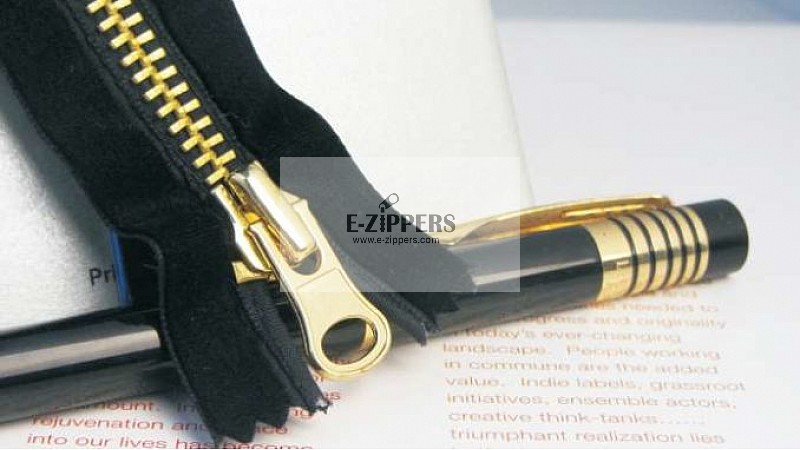
Zippers are indispensable accessories in our daily lives, used in everything from clothing to bags, home textiles to footwear. Selecting the right type and size of zipper is crucial for the functionality and durability of the product. In this article, we’ll explore zipper types, their uses, and essential considerations for choosing the perfect zipper.
Zipper Types, Categories, and Applications
Zippers are primarily classified into three main categories based on the material of their teeth: metal, nylon, and molded plastic zippers. Each category has unique features, applications, and specific types.
1. Metal Zippers
Metal zippers are known for their durability and aesthetic appeal. They are often used in jeans, leather jackets, and heavy-duty fabrics. Their teeth are made of materials like brass, nickel, copper, or aluminum.
Metal Zipper Types and Common Uses:
- Type 3: Lightweight bags and thin jackets.
- Type 5: Jeans, jackets, and handbags.
- Type 8: Leather jackets, heavy coats, and boots.
- Type 10: Tents, suitcases, and large bags requiring extra durability.
2. Nylon Zippers
Nylon zippers are lightweight and flexible, making them ideal for lightweight fabrics and garments for children and babies. Their teeth are made of plastic or polyester material.
Nylon Zipper Types and Common Uses:
- Type 3: Baby and children’s clothes, lightweight summer garments.
- Type 5: Sportswear, light jackets, and small bags.
- Type 7: Sleeping bags and sports bags.
- Type 10: Camping gear and oversized sports bags.
3. Molded Plastic Zippers
Molded plastic zippers are made of polyacetal material and are known for their sturdy construction. They are commonly used in outerwear like coats, parkas, and tracksuits.
Molded Plastic Zipper Types and Common Uses:
- Type 3: Children’s jackets and tracksuits.
- Type 6: Everyday jackets and sports coats.
- Type 9: Heavy coats, ski suits, and thick outdoor garments.
Components of a Zipper
A zipper is made up of the following essential components:
- Tape: The fabric strip where the teeth are mounted. The type of tape varies depending on the intended use and fabric.
- Teeth: The interlocking elements on each side of the tape. These can be made of metal, nylon, or molded plastic.
- Slider: The moving part that opens and closes the teeth. Sliders vary by material and design.
- Pull Tab: The handle attached to the slider for operation. Pull tabs can be made of plastic, metal, or molded plastic.
- Top and Bottom Stops: Stops are placed at the ends of the zipper to limit the slider’s movement.
How to Choose the Right Zipper Type and Size
When selecting a zipper, it’s important to consider the following factors:
1. Application and Fabric Type
The type of product and fabric the zipper will be used on is critical. For instance, thicker and heavier fabrics require larger teeth and more durable zippers. Avoid using Type 3 zippers on fabrics weighing more than 400 grams per square meter, as this may cause the slider or pull tab to break, or the teeth to split.
2. Frequency and Purpose of Use
Consider how often the zipper will be used and the amount of stress it will endure. For frequent use and heavy loads, metal zippers are ideal, while lightweight and flexible nylon zippers work well for less demanding applications.
3. Aesthetic and Color Matching
The color and appearance of the zipper should complement the overall design of the product. Avoid using oxidized metal zippers on light-colored fabrics, as the oxidation process can lead to staining during washing.
4. Zipper Functionality
The opening and closing mechanism of the zipper is another key factor. For products requiring full separation, such as jackets, opt for separating zippers. For items needing two-way access, such as backpacks, use double-slider zippers.
Tips for Proper Zipper Usage
- Before Washing: Always close the zipper before washing an item. Washing with an open zipper may cause the slider to lock or damage the teeth.
- Chemical Processes: Test zippers with a sample before subjecting them to dyeing or washing treatments. Chemicals can cause unexpected reactions, affecting the zipper’s performance or appearance.
Choosing the right zipper type and size will enhance the durability and functionality of your products while ensuring customer satisfaction. Contact our expert team for tailored zipper solutions that meet your needs. Get in touch with us today!

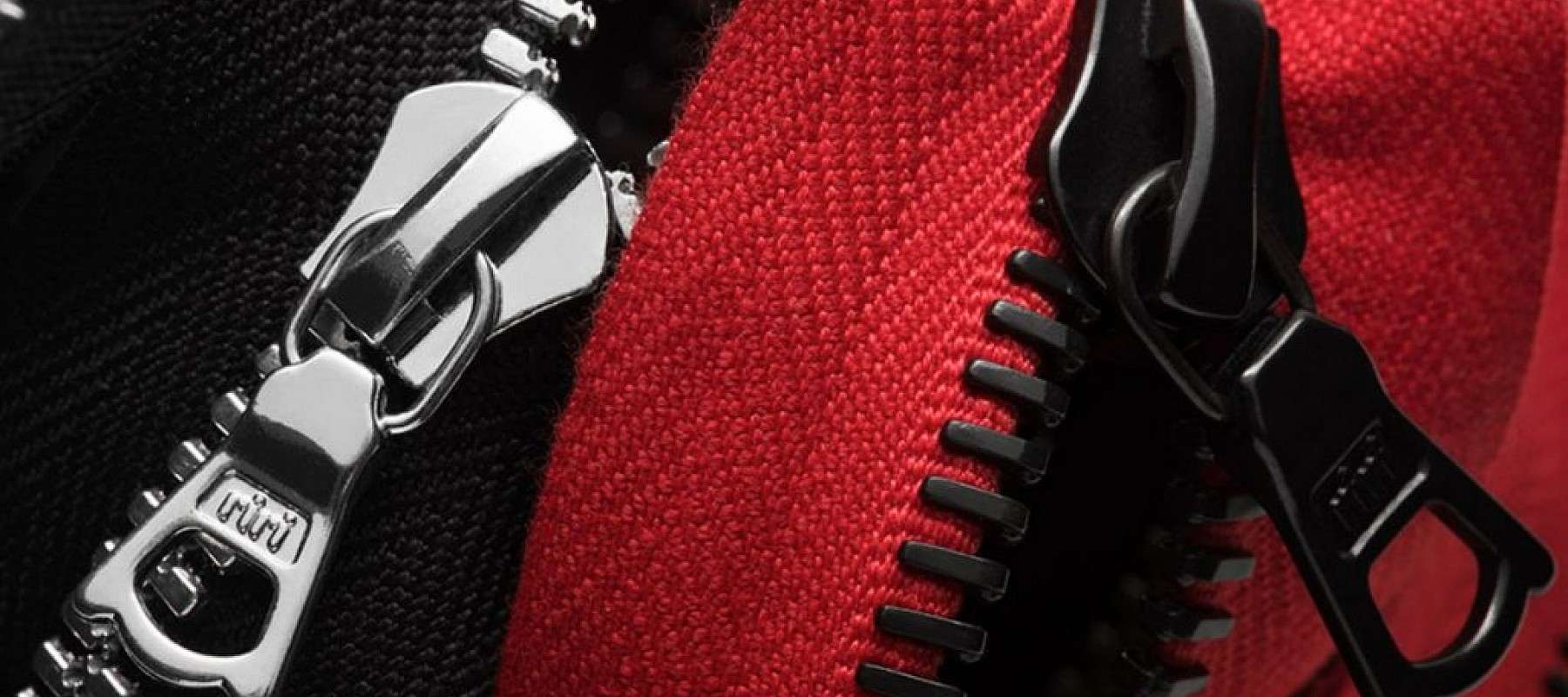

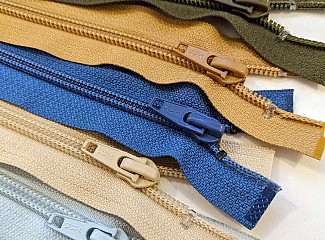
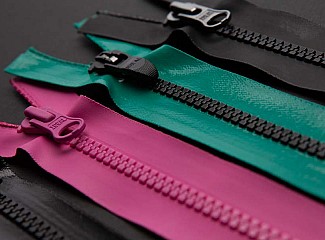


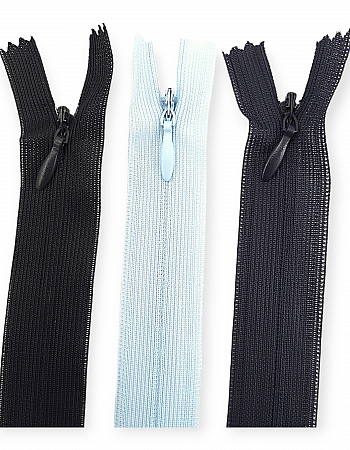
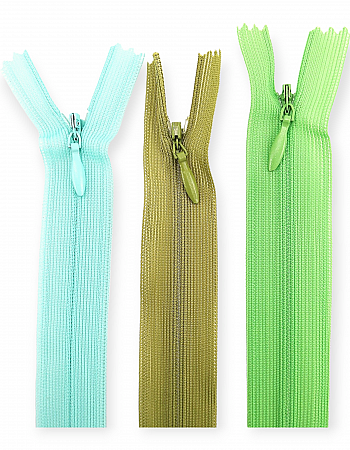
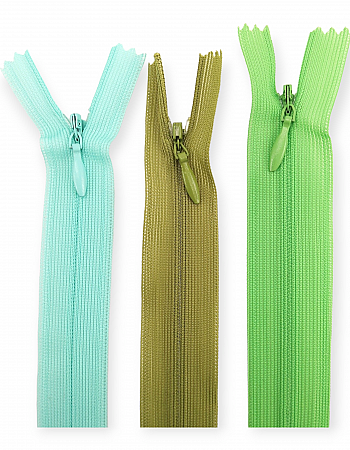
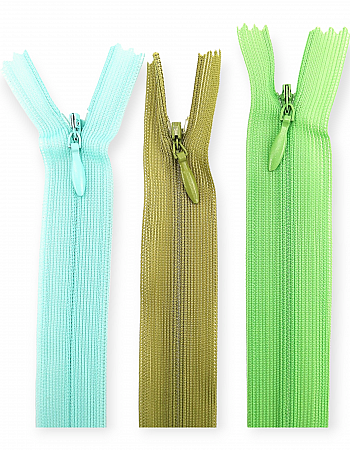
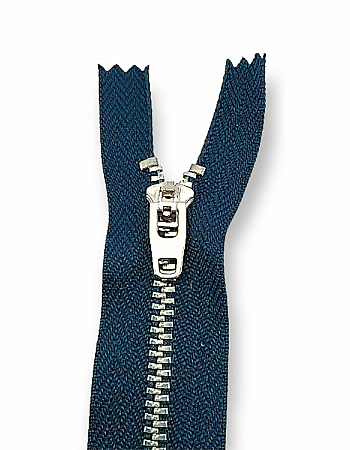
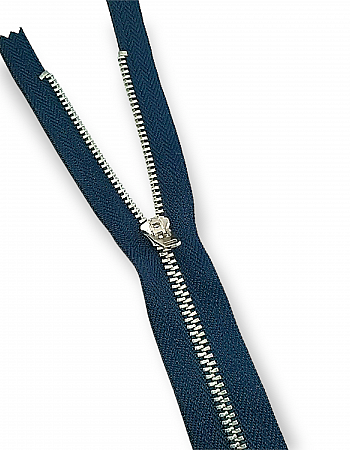
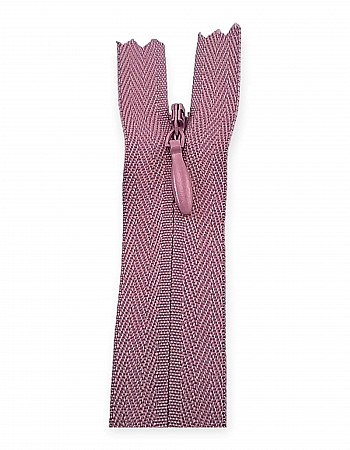
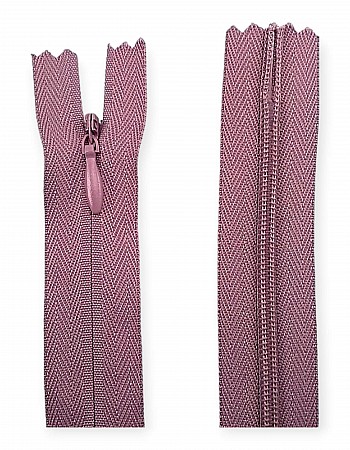
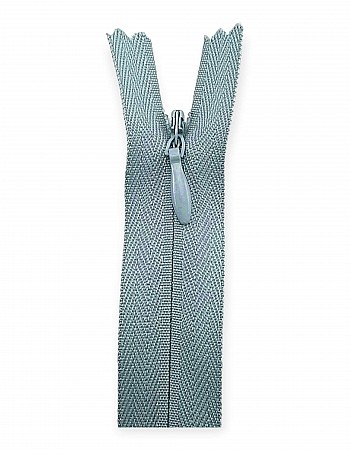
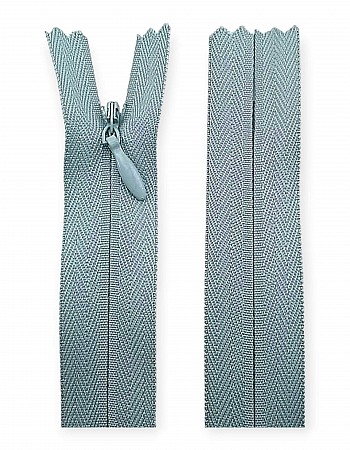
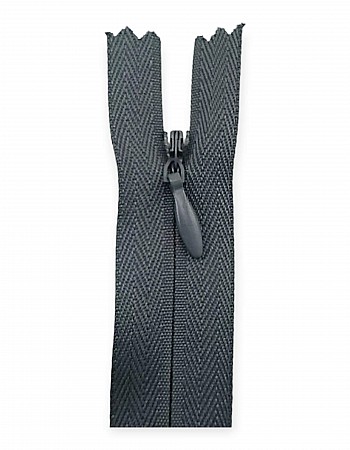
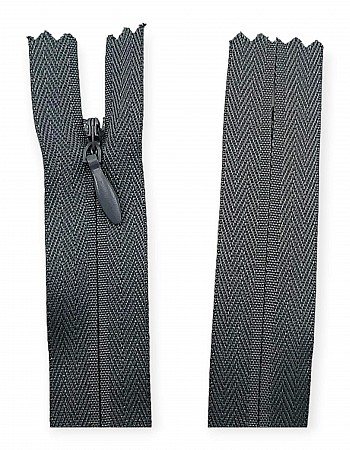
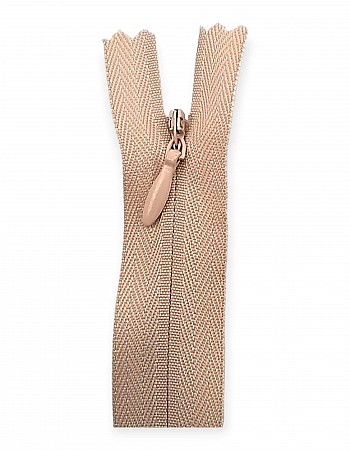
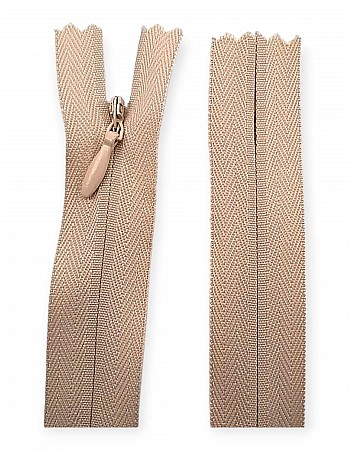
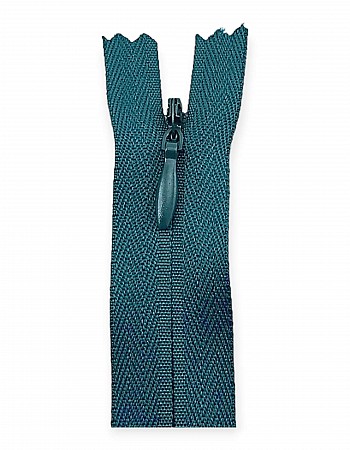
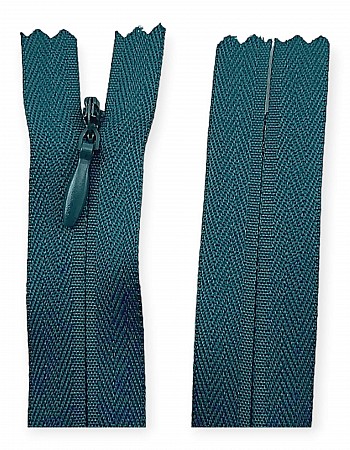
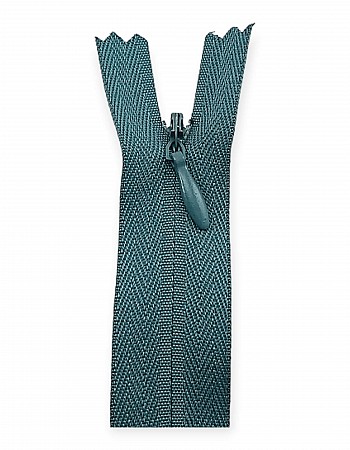
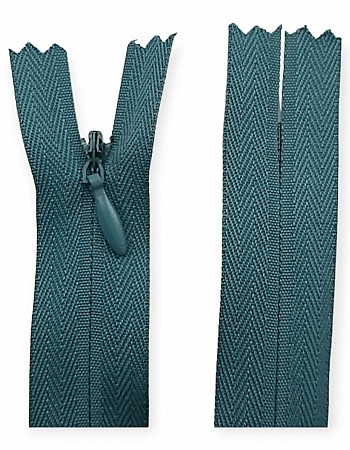
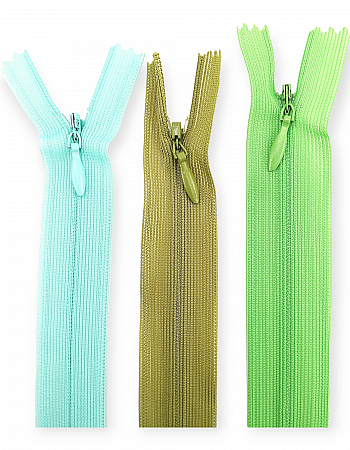
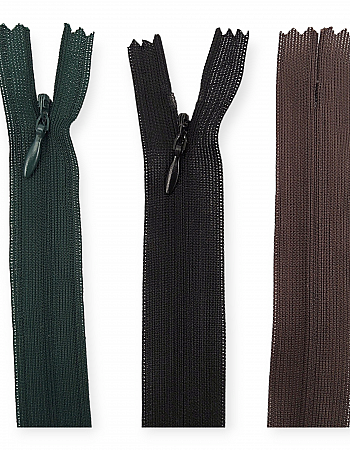
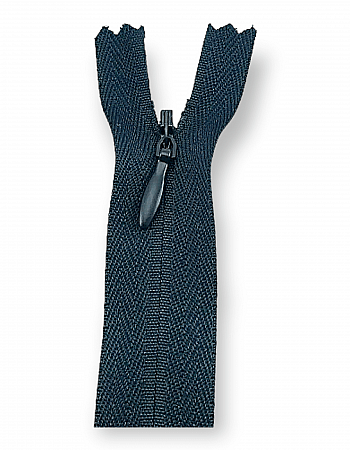
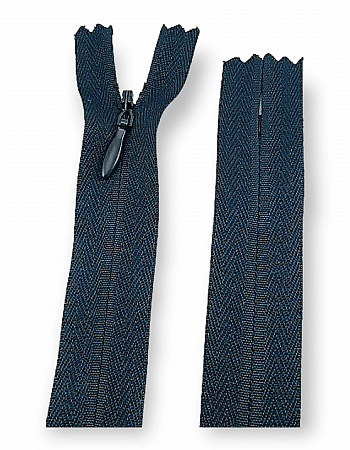
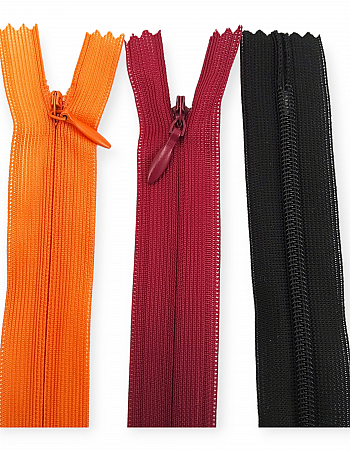
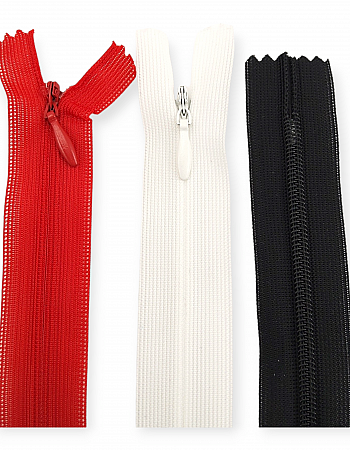
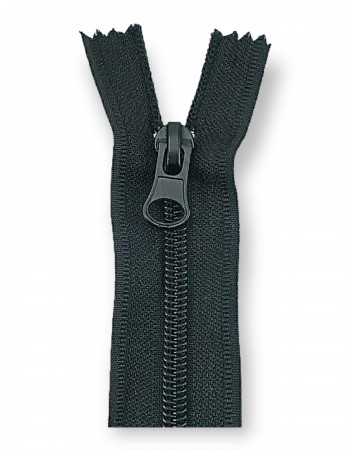
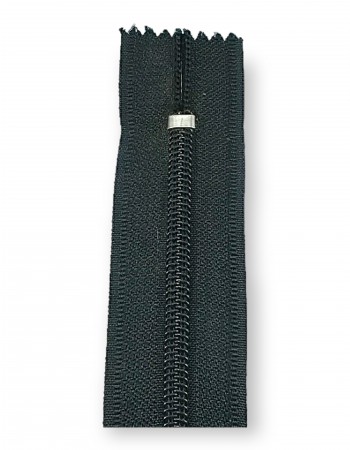
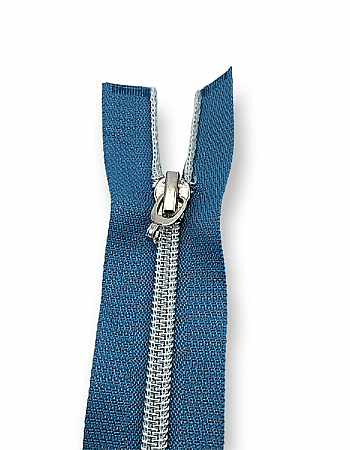
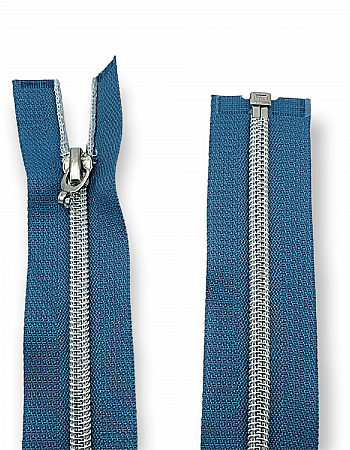
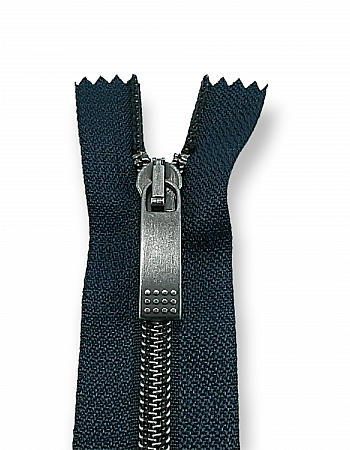
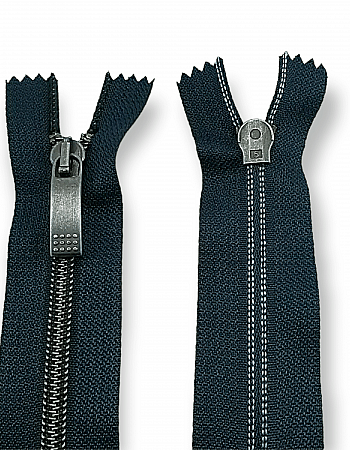
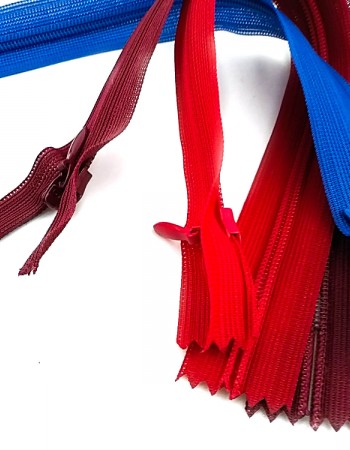
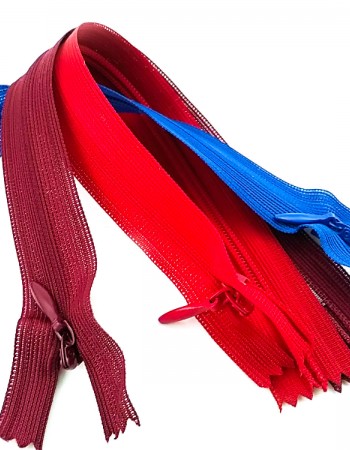
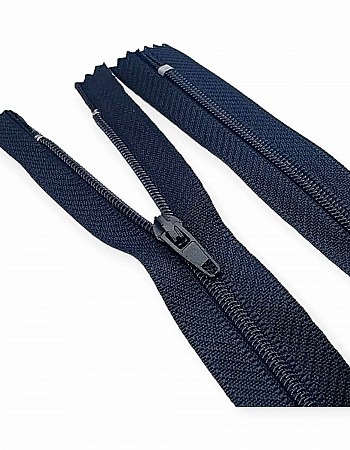
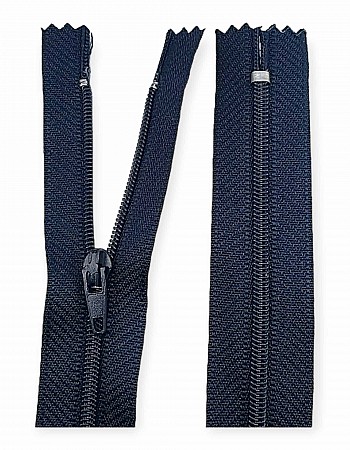
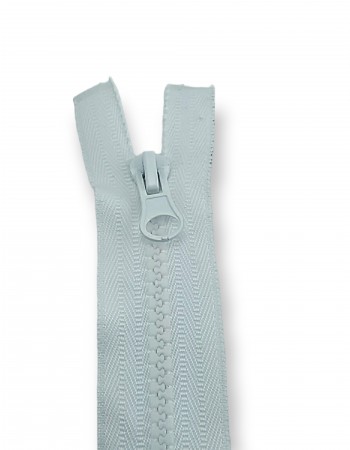
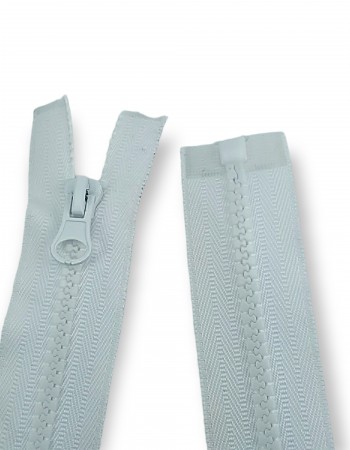
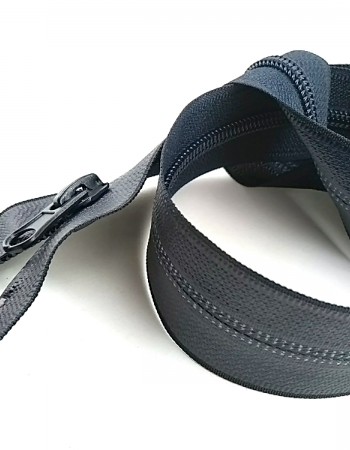
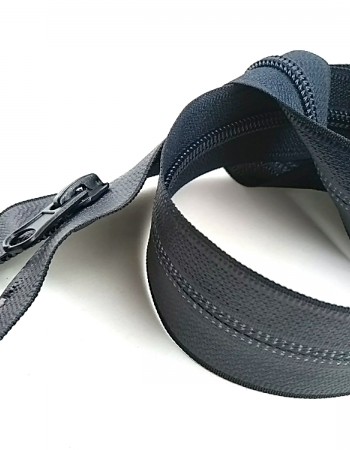

Leave a Comment